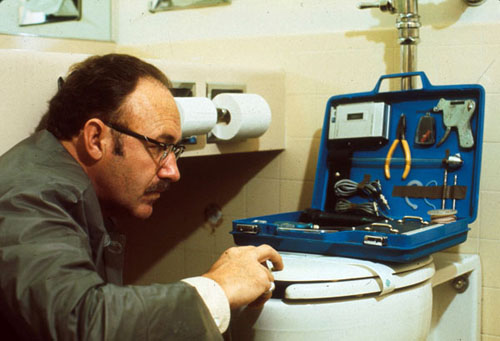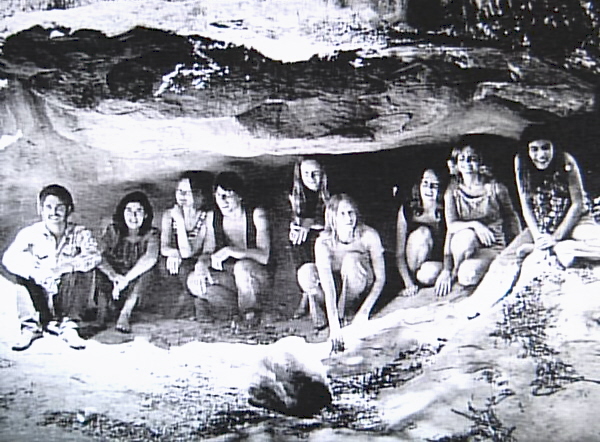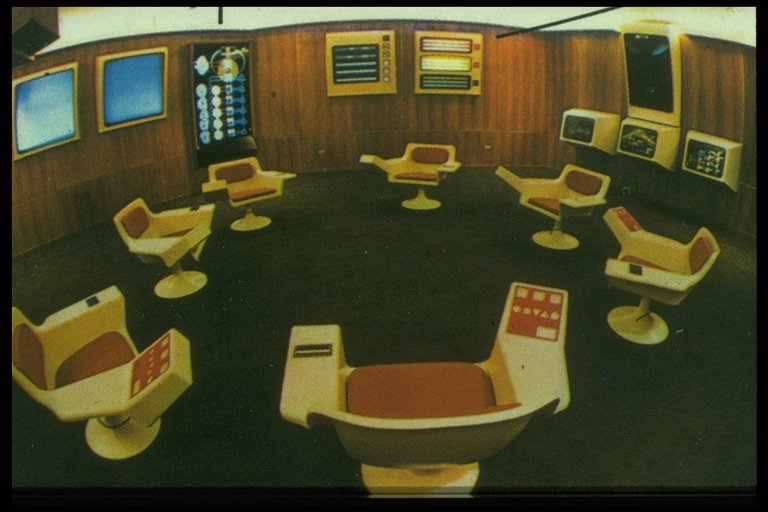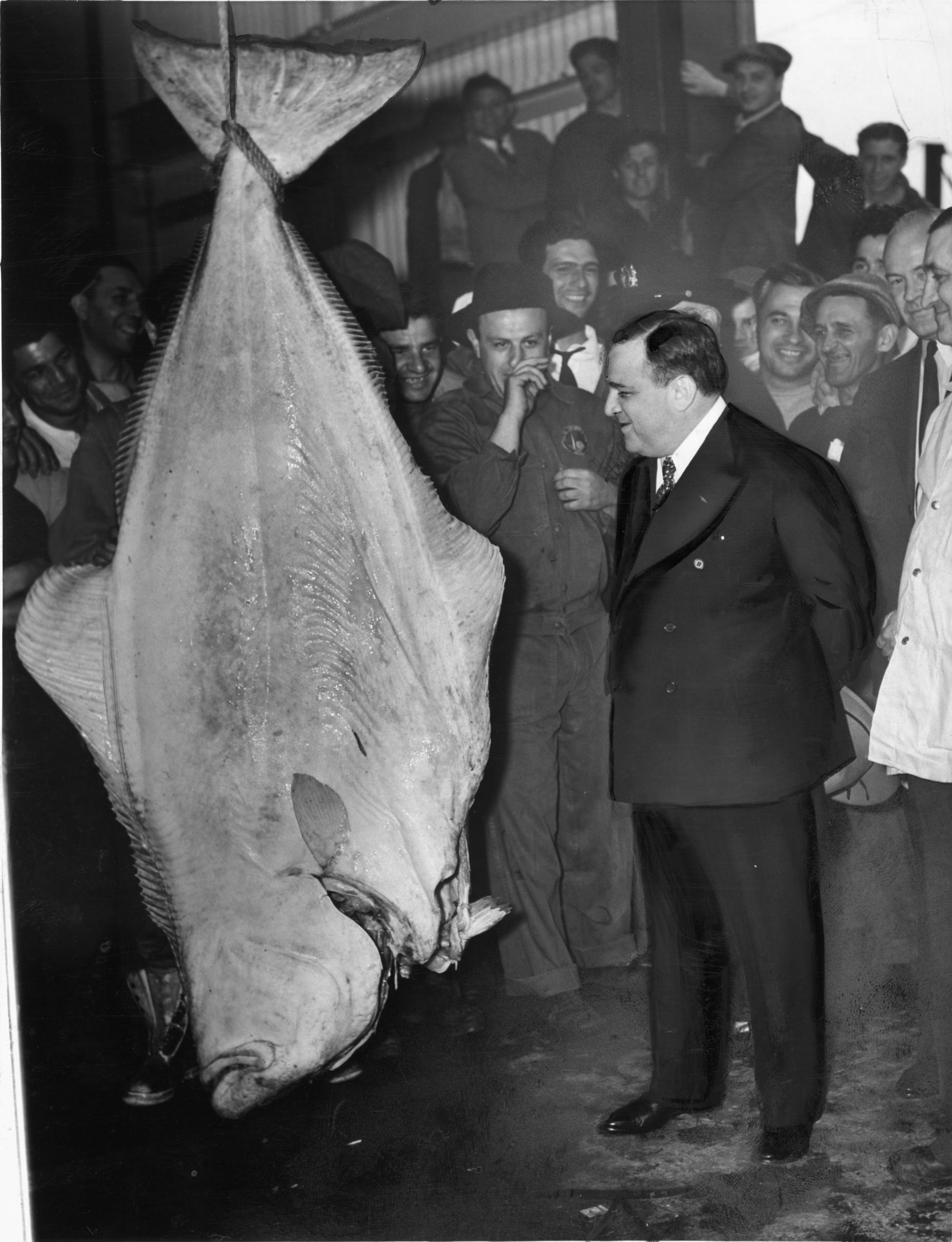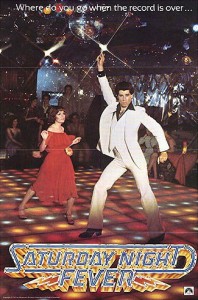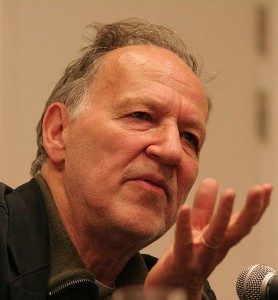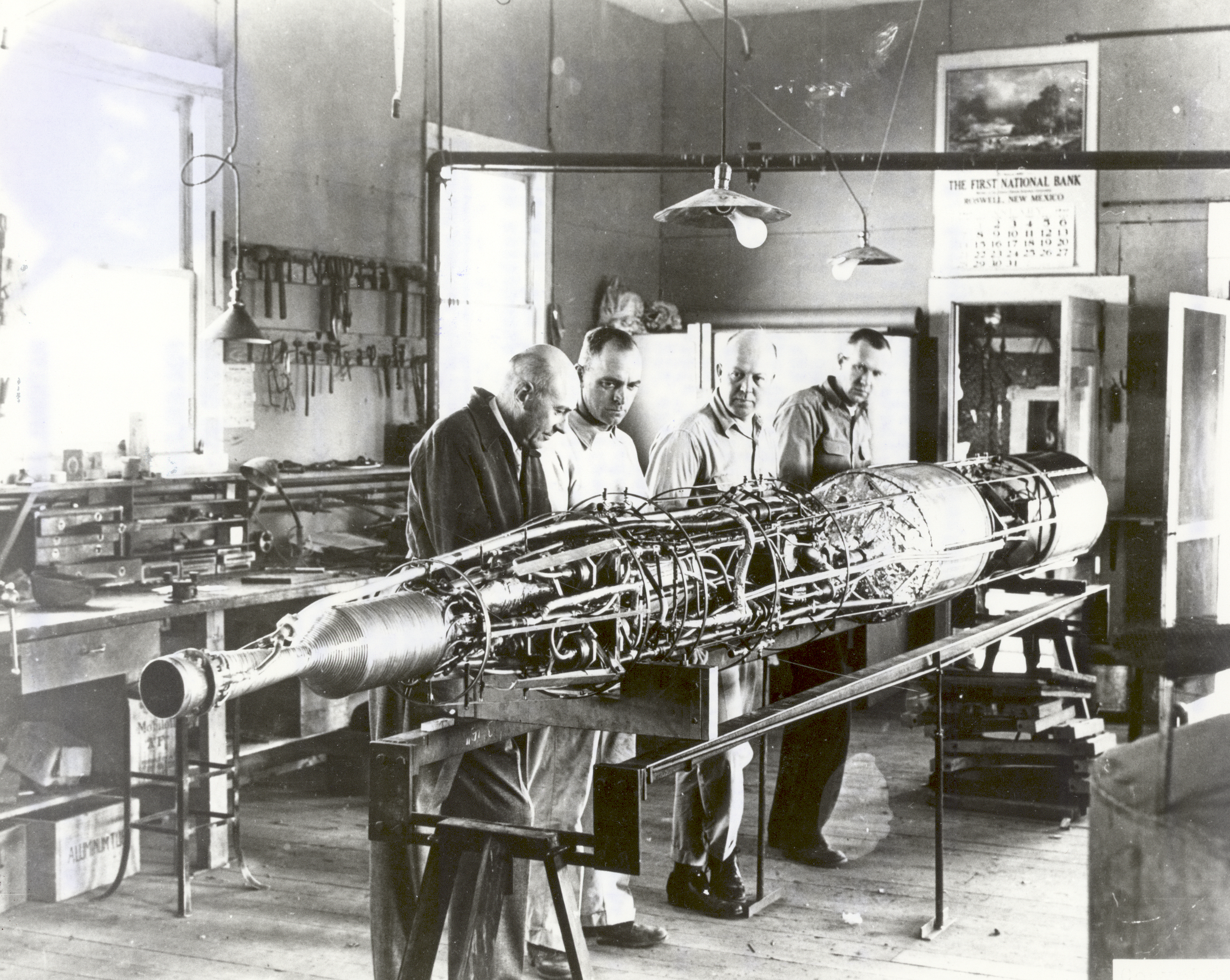Millions of tons of plastic recyclables fall into our oceans from barges each year, sinking beneath the water’s surface, out of sight and out of mind. But what about plastic encroaching on nature in plain sight, why don’t we take notice of that? The always observant Ian Frazier, a proud tree hugger, does. In “Tilting at Tree Bags,” his 2001 Mother Jones article, Frazier tells of his very personal quest to relieve New York City trees of plastic bags that attached to their branches, An excerpt:
“Sometimes when we snagged an unusually pesky high bag, windows at a nearby apartment house would fly open and people would stick their heads out and applaud. Once an old woman invited us in and gave us lunch. Sometimes people came up to us and thanked us, and once a guy handed me a dollar bill. Mostly, though, people looked at us with mystication, or smiled and shook their heads in a ‘what a crazy city’ way. Once, in Brooklyn’s Prospect Park, a jogger stopped and watched us for a minute or two as we tried to remove a complicatedly entangled bag. ‘That’s a lot of trouble to go through for just a bag,’ he said. I said to him, “Is it any more pointless than running in a big circle back to your apartment?’
Bag snagging was our exercise, our companionship, our hobby, our impromptu community action program. Its aesthetic pleasures were large: A tree from which one or more plastic bags has been removed is, oddly, more beautiful than a tree which never had any bags in it to begin with. In the past, some of our outdoor activities — hitting golf balls at passing ships — had bordered on vandalism, but bag snagging gave some of vandalism’s thrill while actually being its opposite. Throughout the city we went where we wanted without asking permission, improving the landscape. Now I understood, a bit, how people felt who had worked on the construction of some major public landmark like the Empire State Building. Sometimes when I’d go by a park in a taxicab I would point out the window and say with pride, ‘You see that tree? We took an extra-large pair of green stretch pants out of it the other day.'” (Thanks Kevin Kelly.)
••••••••••
Frazier on the Colbert Report:
|
|
||||


